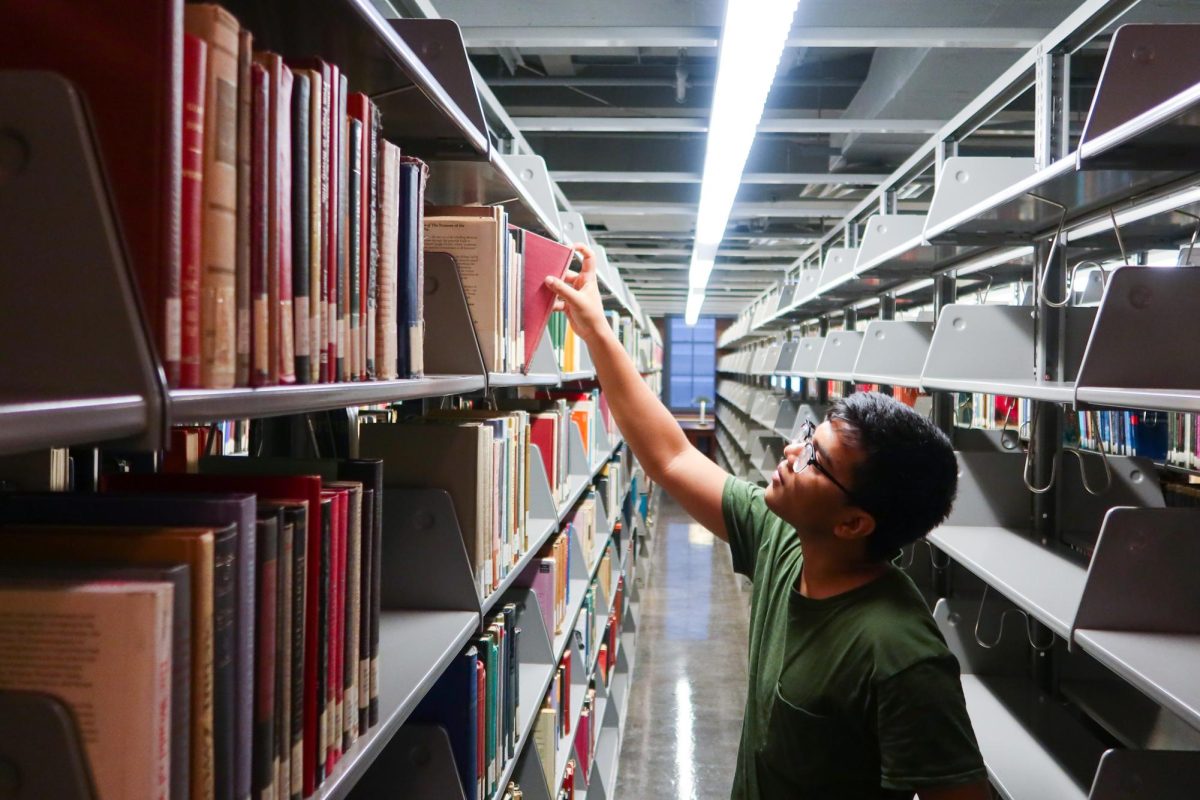The international community needs to find ways to support countries struck by natural disasters beyond short-term efforts. They need to develop a universal set of guidelines so that countries most affected by climate change can recover from natural disasters swiftly.
Storm Daniel made landfall in northern Libya on Sept. 10, displacing thousands and causing the infrastructure in cities along the coast to collapse entirely . The death toll now stands at 11,300 with 10,100 individuals reported missing as search efforts continue.
Derna was the city most impacted by the storm and is currently in the process of recovering survivors and bodies of civilians who lost their lives during the flooding.
Libya’s governing bodies were not well equipped to warn their people of the severity of the floods and did not have the capacity to carry out rescue and recovery on their own, leaving civilians with no choice but to wait for international aid to bring more supplies.
While Libya needs international aid immediately, there needs to be additional effort made to support natural disaster responses in countries with weaker infrastructure, especially as climate change continues to threaten coastal cities.
International aid is necessary in any case, but there are limits to how much can be provided to support reconstruction efforts. Rather than resorting to emergency funding at the last minute, the international community should focus on long-term solutions.
Moreover, storms of this caliber are not commonly seen in Libya. Many scientists from around the world are studying the storm’s effects and have categorized it as a “medicane,” a storm with hurricane-like characteristics that develop typically in the Mediterranean once or twice a year.
The magnitude of Storm Daniel is attributed to changes in the climate. The rise of water temperatures has amplified the intensity of hurricanes and cyclones across the globe. Warmer waters create a greater capacity for rainfall and can cause such storms to grow rapidly.
Political conflicts combined with climate change have contributed to Libya’s destruction.
Libya is split between the U.N.-recognized government in Tripoli and a government in the east, where much of the storm’s damage hit. The two governments have been in conflict since 2014, leaving the country’s public infrastructure and institutions grossly neglected.
Along the Wadi Derna, the Wadi Derna Dam and the Abu Mansur Dam were both destroyed during the storm, leading to an estimated 30 million cubic meters of water engulfing the city.
Some civilians lived as close as one mile from the Wadi Derna Dam and therefore suffered the worst effects from the floods.
The two dams were constructed in the 1970s and had not been properly repaired since 2002, according to Libyan officials. The U.N. has said that if the dams had been maintained regularly, many of the casualties could have been avoided.
Additionally, warnings were issued to state officials and civilians for evacuation and to prepare for the incoming storm, but the risk of water coming from the vulnerable dams was barely registered.
The danger of these types of storms must be taken more seriously, and the condition of infrastructure must be evaluated as natural disasters become more destructive and frequent.
Just over the last three years, flooding has occurred in Pakistan, Greece, Germany, Brazil and more, causing thousands of deaths and millions of people to be displaced from their homes.
Recovery from these disasters takes years of rebuilding and immense labor.
It is not sufficient to have international aid issued to sustain the immediate restoration of cities devastated by natural disasters when these infrastructure issues are long-term and could just as easily be undone by another storm or earthquake.
World leaders must direct their resources to the development of plans such as the Early Warnings for All initiative created by the U.N. to ensure that there are adequate emergency response strategies around the world for large scale disasters like the floods in Libya.
If this initiative is implemented worldwide, it will be possible for information to be disseminated to governing officials so that they may fully prepare for climate events.
Thousands of lives could be saved if countries at unprecedented risk of climate disasters are given enough resources to construct effective response plans to strengthen their infrastructure.
Tragedies like what has occurred in Derna present lessons to be learned to protect other similar cities from future destruction.








